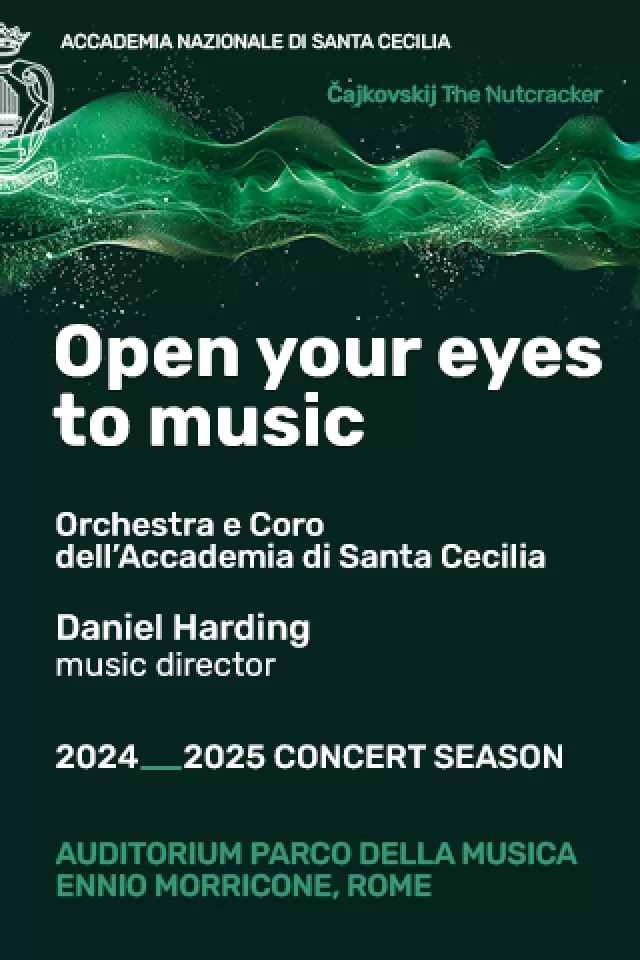Artists rebel in Piazza Navona
A rebellion has broken out among artists facing eviction from Piazza Navona. The rebels vowed open confrontation with the authorities if they were forced out. Well never leave this square. Well leave our skin on its cobbles if we have to, swore a livid Gianfranco Provvedi, chairman of the Roman association of artists, portrait-painters and caricaturists.
A vociferous and angry knot of artists clustered around him, next to the Fountain of the Four Rivers, almost shouting out their assent. This square is famous throughout the world because of its artists, one protested. Trying to send us away is like sending us to die, another exclaimed. We are the artistic heart of Rome and they want to kill it off, insisted Provvedi, raising his voice to be heard above the others.
The uprising was sparked by a controversial decision voted by Romes centre-left city council at the end of October to clear Piazza Navona completely, not only of the stall holders and often illegal hawkers that at times smother the square to the point of obliteration, but also of the 52 licensed artists who since around 1968-69 have lent it an added splash of colour, another magnet of appeal.
A young woman in front of an easel stacked with oil paintings confessed she was not a painter herself but a stand-in for one, presumably one of the false artists a bar owner opposite complained about, as did others.
A city council statement charged that the square had become seriously and excessively overcrowded of late, making an overall view of its architecture and artistry ever less feasible. It therefore decided on Operation Decorum, which would involve the removal of all those activities that for some time had thwarted Romans and tourists of the full enjoyment of the square, creating problems of safety and public order into the bargain.
Given the storm of protests, objections and astonishment, the artists aroused by the unexpected and, to them, unfair decision assumed that the mayor, Walter Veltroni, would eventually back down. But then his councillor for commerce, Franco Cioffarelli, invited the artists to propose alternative sites and suggested several places himself, such as Piazza S. Apollinare and Via Cuccagna at respective ends of Piazza Navona. The artists scorned such ideas. Then, in an open letter to the Italian daily Il Messaggero, Veltroni took up an idea for them to be switched to Campo de Fiori; he repeated that the councils main aim was to safeguard one of the most beautiful squares in the world and apparently also to eliminate its present pavements. Earlier he told journalists he wanted to see the square return to what it was like when he was a boy and as it looked when Gianlorenzo Bernini created the Four Rivers fountain. He denied that artists in the square were a tradition of Rome. Traditions, he explained, went back centuries.
The anger of the painters, who come from the world over, increased. What incensed them most, as both Provvedi and a Romanian painter, Vassile Droj, made clear, was the councils allegation that they, the painters, had contributed to the recent deterioration of the square.
The artists countered that it was in fact they who had complained about it in the first place, calling on the authorities to take action, only to be ignored. Droj drew out letters, complete with council receipt-stamps, to prove it. I came here 18 years ago to escape from Ceausescu and the Wall and now another wall is about to fall on me.
A curly-haired artist known only as Leonardo added: When it comes to moving the hawkers on, Veltroni has a point. In summer there were 400 of them here. You could hardly move. As well as stalls, they had their wares laid out on the ground everything, Totti T-shirts, fake handbags, scarves, busts of the last pope and water pistols.
A blonde German caricature artist asked: Whats the point of turning a square full of life and movement into one of those cold and cheerless squares of France? What got her, and all her colleagues, was what an artist from Canada, Horia Mandroceanu, called the councils communist-style diktat, sprung upon them without any prior consultation. Its been a hold-up, he exclaimed.
On their side was Vittorio Sgarbi, the noted art critic, who lives in the square. Sending everybody away is to wipe out the squares historically popular aspect, he was quoted as saying. But the architect Paolo Portoghesi backed Veltroni. Id leave it empty, give it back as it was 40 years ago to the grandmothers, their grandchildren and the swifts.
Many suspected Veltroni of ulterior motives. They acknowledged they had no evidence, but some whispered that they bet he meant to clear the square for big, money-spinning fashion shows.
Others thought he wanted it reserved for political rallies, but many argued that since the recent slashing of state funds for Rome, the council was desperately seeking to make up for lack of money in other ways.
The artists vacated Piazza Navona, as they usually do, on 24 November to make way for the popular annual Christmas fair, which lasts until 6 January. By the new year, the artists suppose, the council is hoping that at least some of them will have been led to reflect.
One of the many protest posters in the square was headed Mayor Veltroni and beneath it showed a guillotine at the ready with an artists arm and palette poking out from the neck rest. Below it read: Italy means art to the world and it is watching you.




















